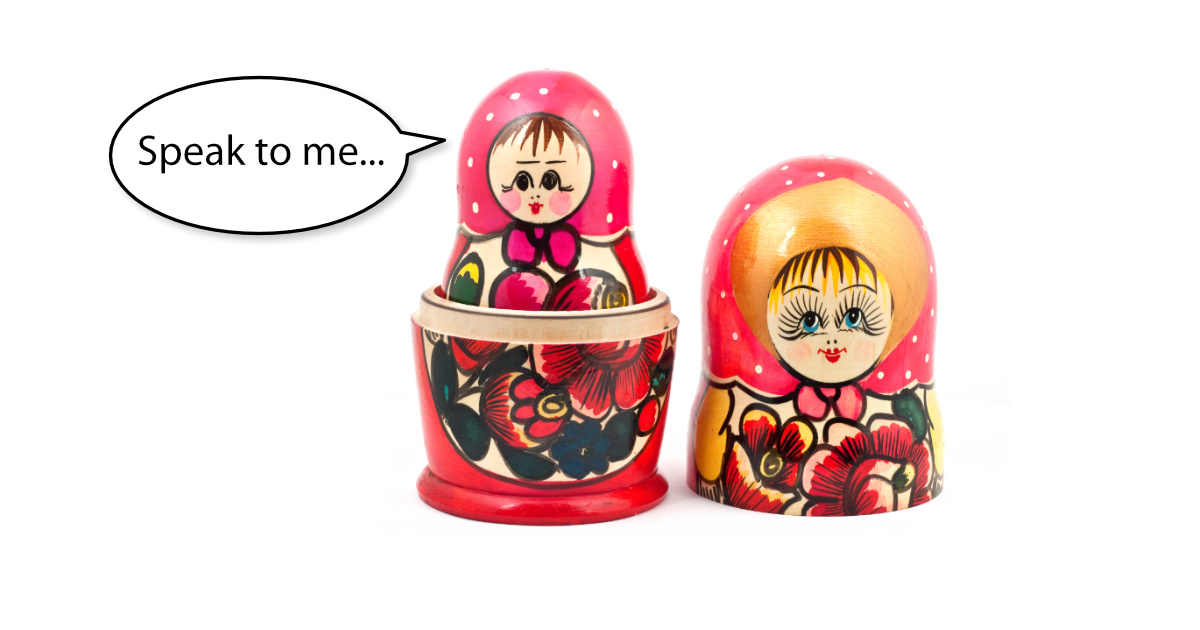Ever had to deal with a student who's lost control of their emotions?
Then you’ll know it’s hard, stressful, tiring work!
In your head, you’re frantically juggling:
- Keeping the student (and those around them) safe from harm
- Reacting on a moment-by-moment basis to the student’s heightened emotions
- Managing your own emotional state
And adding to that stress is the knowledge that any decisions you make in the next few minutes could be picked over forensically by parents and senior staff.
No pressure then!
Over the years, I’ve learnt one mindset change – or trick – that makes de-escalation easier.
It’s a one-step process (I appreciate that sounds too good to be true) that can help anyone de-escalating a pupil outburst.
Whether that emotion is triggered by anger, anxiety... or something else.
Here’s how to use it.
Step 1 of 1: Realise you’re managing two children... not one
Let’s imagine you’re managing a 13 year-old student who's lost control of their emotions in class. You’ve just given them a low mark on their test, and they don’t have the resilience to cope.
So now they’ve kicked back their chair and are standing and shouting at you about how unfair you are – and how you’re always picking on them.
At this point, it may appear like you’re managing a single child... but you’re not. You’re actually managing two children.
I picture them stacked one inside the other, like a Russian doll.
The Outer Child (the one you can see)
The child on the outside is the obvious one you see in front of you, storming around the classroom.
The important thing about the outer child is their calendar age.
Your calendar age is how many years you’ve been alive. So in this case, our student's outer child has a calendar age of 13.
The thing is, the outer child isn’t in control...
The Inner Child (the one you can't see)
Right now, our student’s behaviour is being controlled by their inner child.
The important thing about the inner child is their emotional age.
Your emotional age is a measure of your emotional development. It’s how well you cope with disappointment, failure, strong emotions, connect with other people, empathy...
In this case, our student’s inner child has an emotional age of a 3 year-old – venting their frustration and having a tantrum, much like a toddler would.
And right now, the inner child is calling the shots – driving the student's behaviour.
Managing the inner child
Our task is to respond in a way that will get the student’s inner child calm again.
So we have to think about the kind of support we would offer this student if they were actually 3 years old having a tantrum with eyes full of tears.
We wouldn’t jump in with logical reasoning about what’s right or wrong, explain how you followed the marking scheme fairly, or talk about how they’re mis-reading the situation and that you don’t have favourites or pick on students.
We’d accept the 3 year-old:
- Wasn’t in control of their strong emotions...
- Wasn’t ready to listen to reason...
- ...and needed an adult’s help to get past those emotions (called co-regulation)
And we have to do the same thing here - deal with the 3 year-old, not the 13 year-old. We have to respond to our student's Inner Child (their emotional age) – and not their Outer Child (their calendar age).
Only once the student’s emotions are back in control should we start to have a logical, reasoned discussion about what happened in class.
But obviously, there’s a danger...
Never offend the Outer Child
I’m definitely not saying you should start talking down to your 13 year-old student like they’re 3 years old.
That is not a recipe for success.
The outer child – the 13 year-old – is listening to every word you’re saying. And if they think you’re talking down to them, they’re going to be insulted.
That’s going to inflame the situation, rather than de-escalate it.
So here’s the delicate balancing act we need to negotiate.
We have to:
- Guide the inner 3 year-old through their runaway emotions...
- Whilst phrasing everything in a way that’s acceptable to the outer child...
- Then once the inner child is back in control of their emotions...
- We switch back to a more logical, restorative conversation aimed at the outer child
We have two children to please. And speaking to both - successfully - is the key to de-escalation.
Or to cut a long-story short (too late!)… emotions first, logic second.
Conclusion
When people feel under pressure, or threatened, their behaviour is driven by emotions rather than logic.
You can think of this as dealing with two separate children: a child on the outside (with a calendar age); and a child on the inside (with an emotional age).
We have to:
- Speak to the Inner Child (who needs help with their emotions, just like a 3 year-old having a tantrum)...
- ...without offending the Outer Child (who is listening to everything you say)
Manage the Inner Child's emotions first, before dealing with the problem that upset the Outer Child.
Emotions first, then logic.

